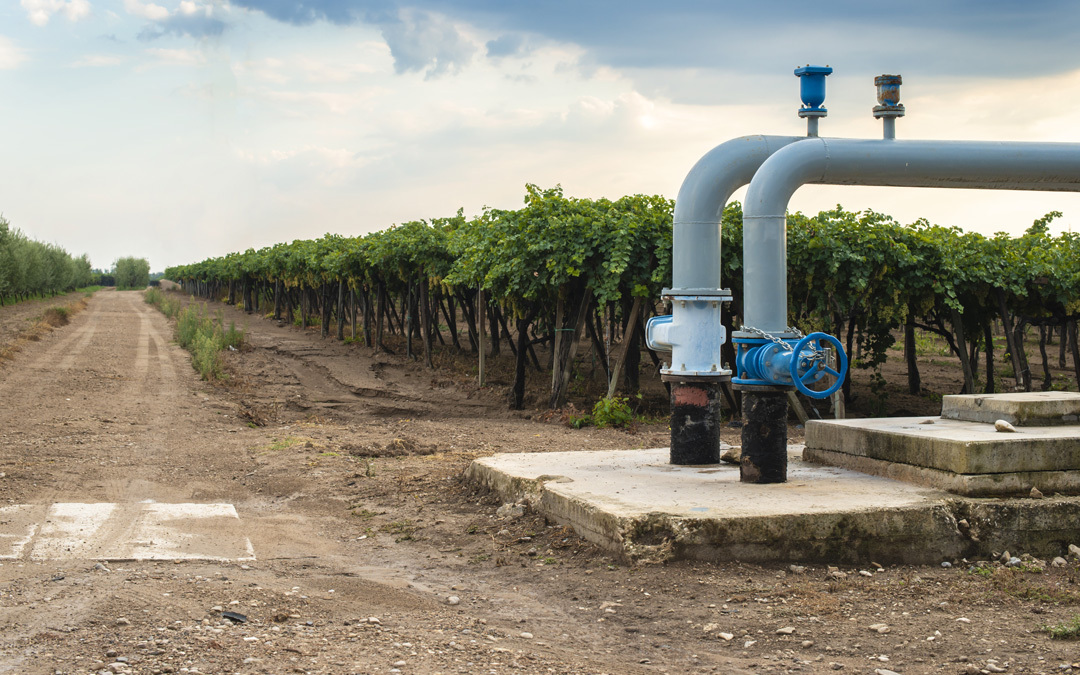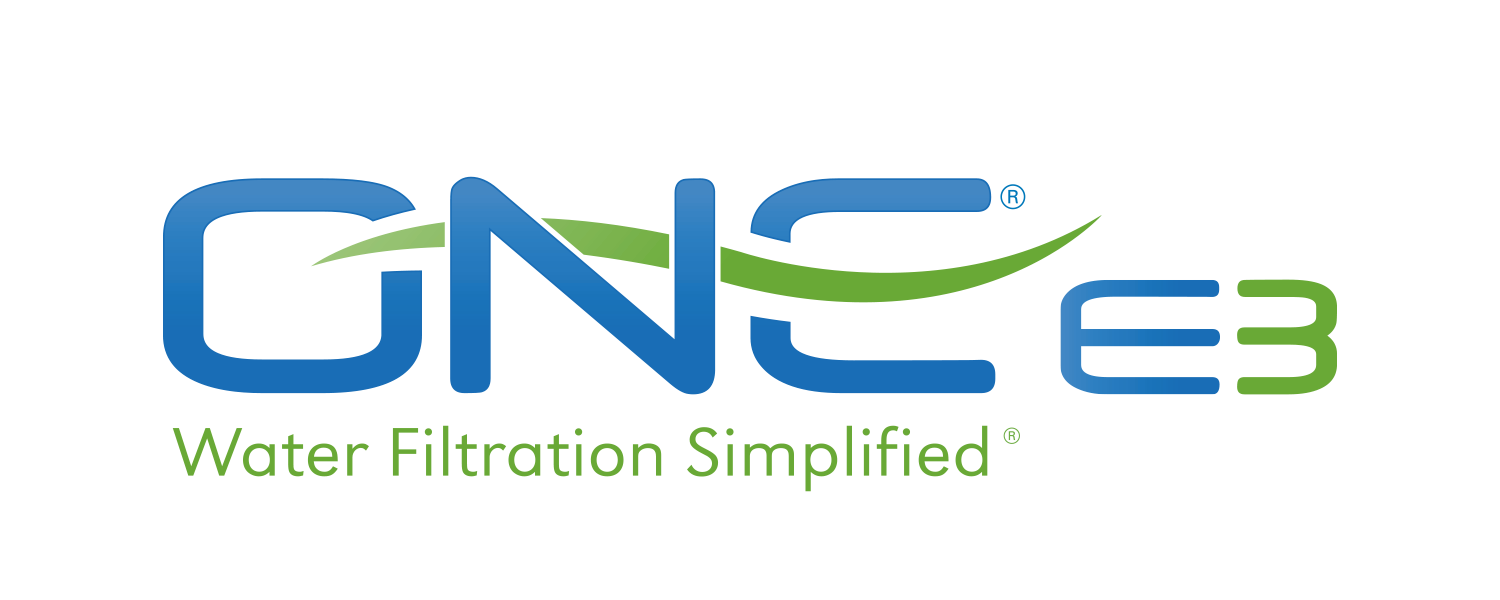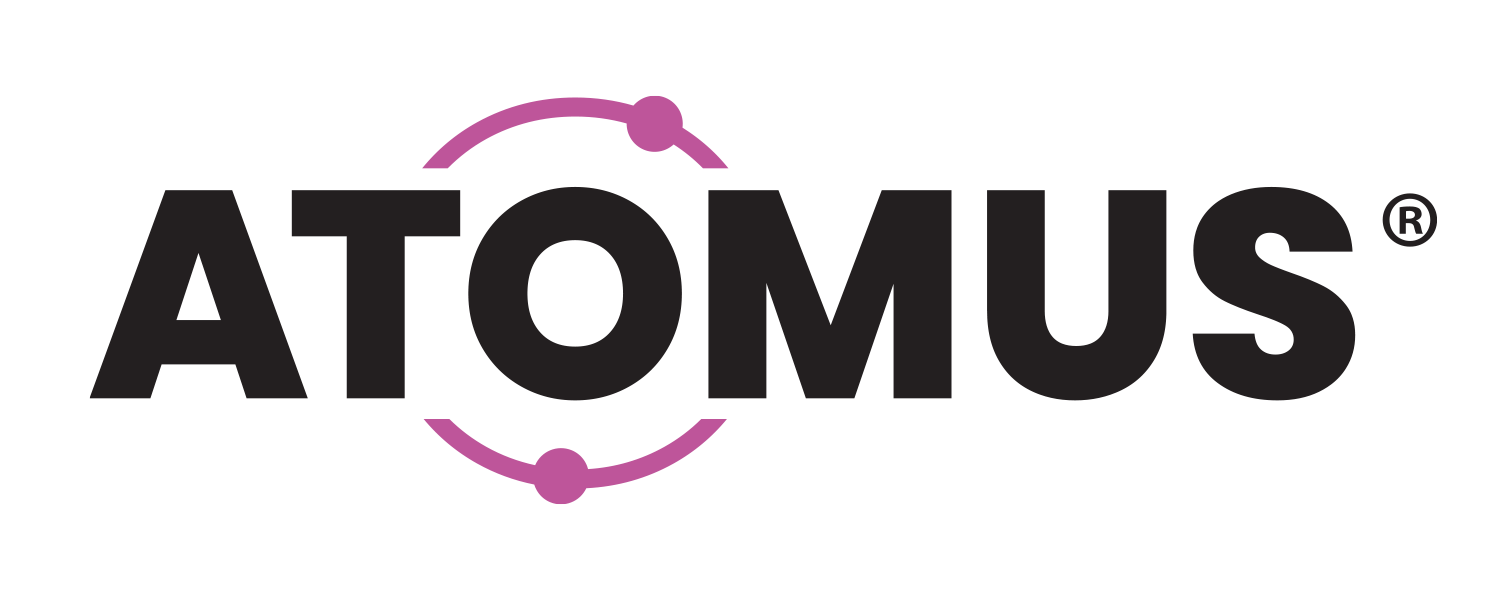A study published by the California State Water Board displayed the necessity to improve water systems in California. In a study that investigated 2,779 water systems, the board discovered almost half failed to meet safety requirements. Grading systems on a scale from “not at risk” to “at risk”, 25% of the systems ranked “at risk”. Another 23% were graded as potential risks. Gregory Pierce, the study’s principal investigator, emphasized the importance of the study in a statement to Newsroom. “By more fully understanding the issues, we can move to more resilient and accessible water sources”.
The study also outlined some potential solutions and remedies to treat the risk each system presents. An immediate solution would include providing bottled water and filtration systems to home. Long-term treatments would involve improving water treatment systems, providing expert advisors to communities in need and providing funding. One important point made in the paper is the emphasis on prioritizing systems that present a larger risk. For example, the study discovered that counties in central California have marginally more systems at risk than systems in the north. Any of these solutions will require considerable funding, and fortunately there are a few sources that may have the bandwidth. State legislatures may be able to provide funding, and a bill in Congress presents some hope. Co-author of the study, Peter Roquemore, shares his optimism for the future. He cites the importance of a strong national infrastructure, and providing clean water for all.
The PIONEER system is the first of its kind whole-house lead, cyst and PFOA/PFOS removal system. Visit the PIONEER system page to learn more.



